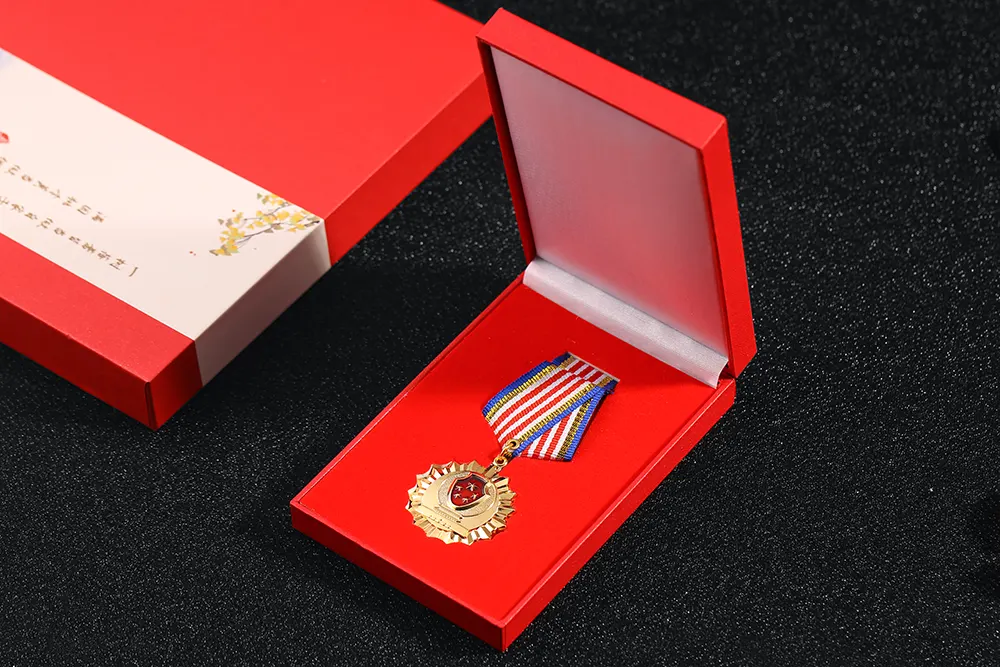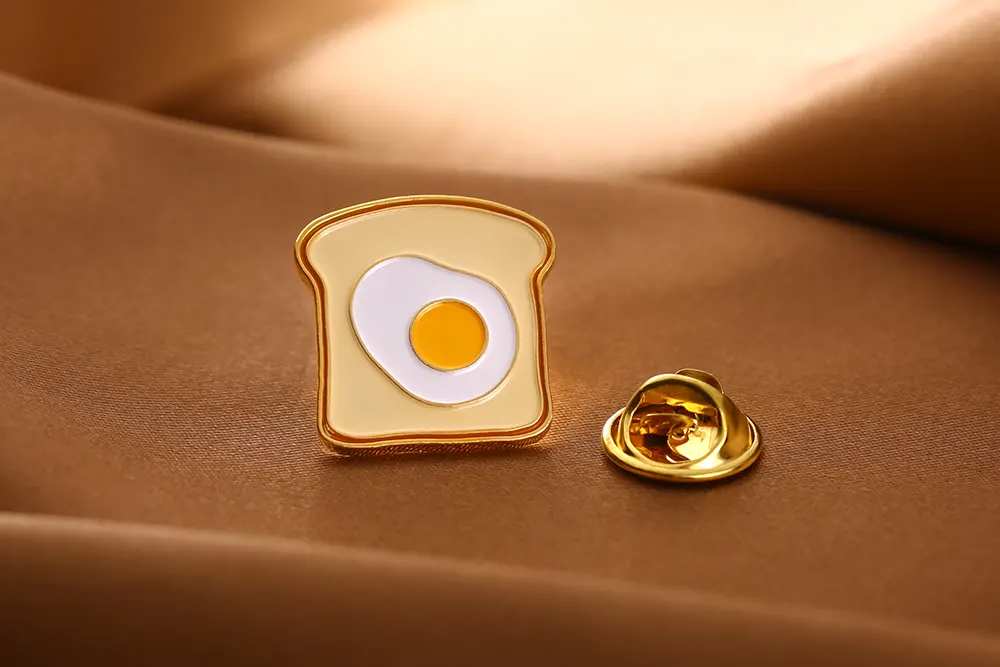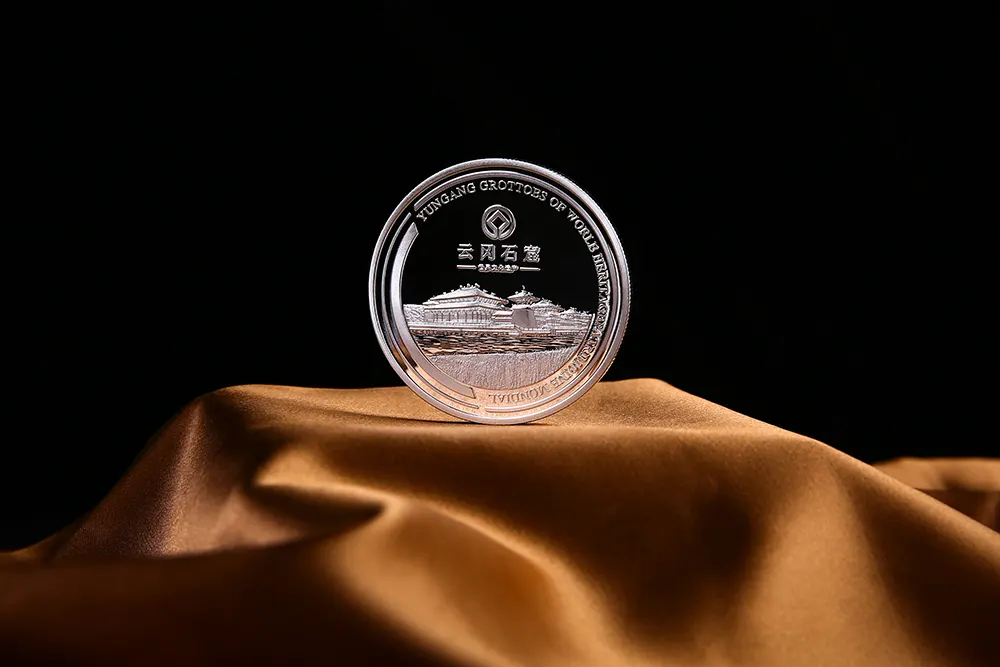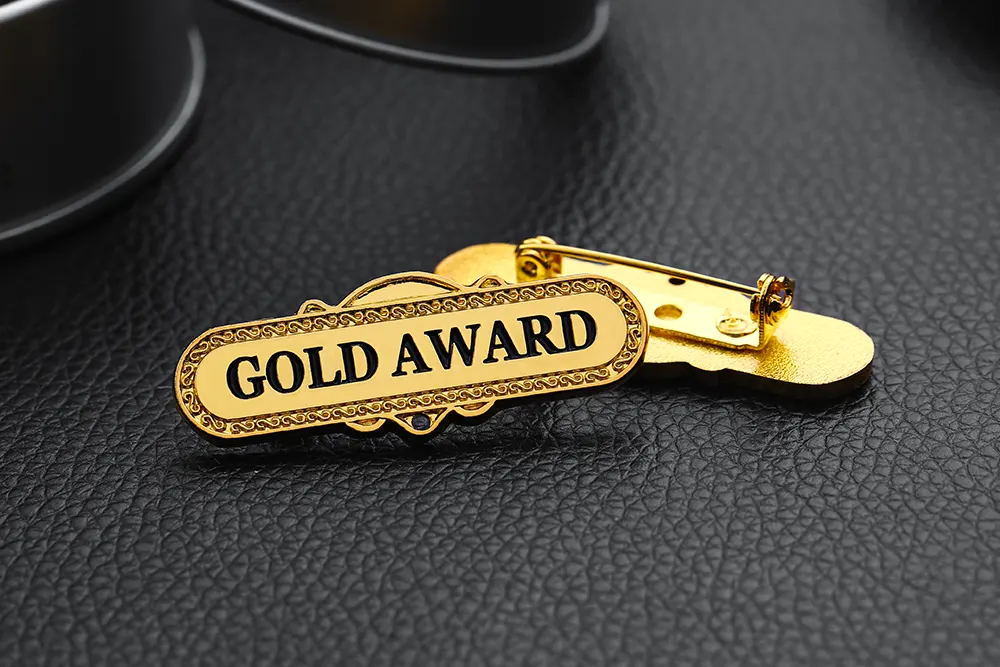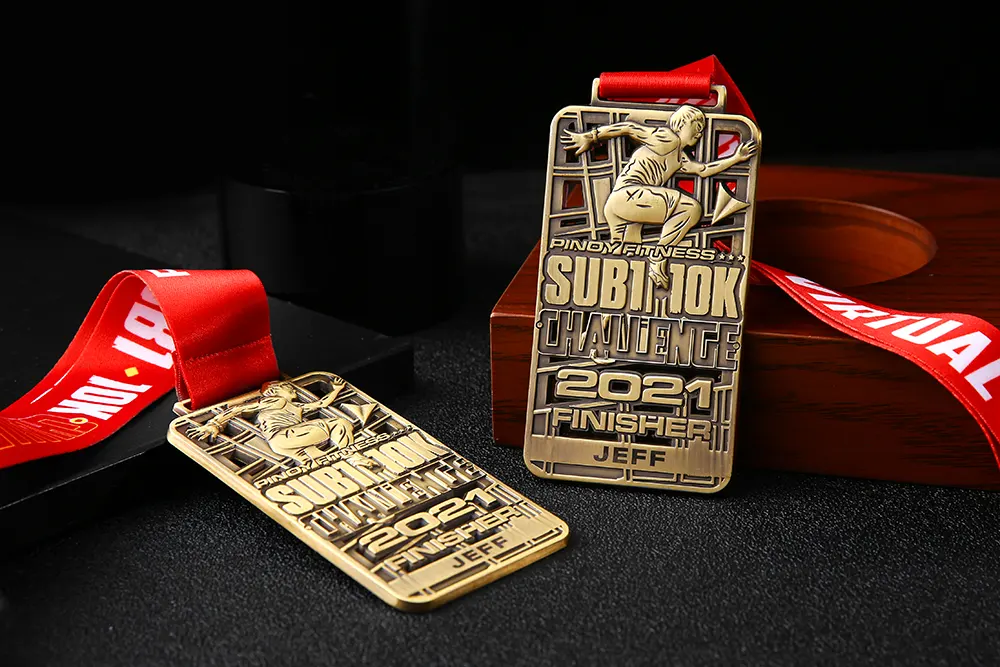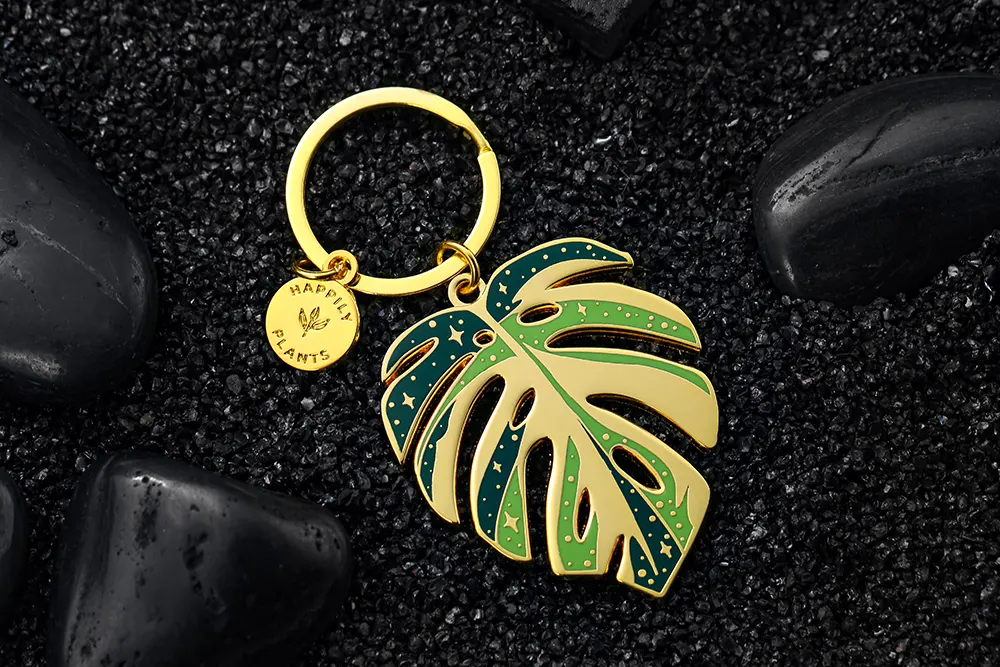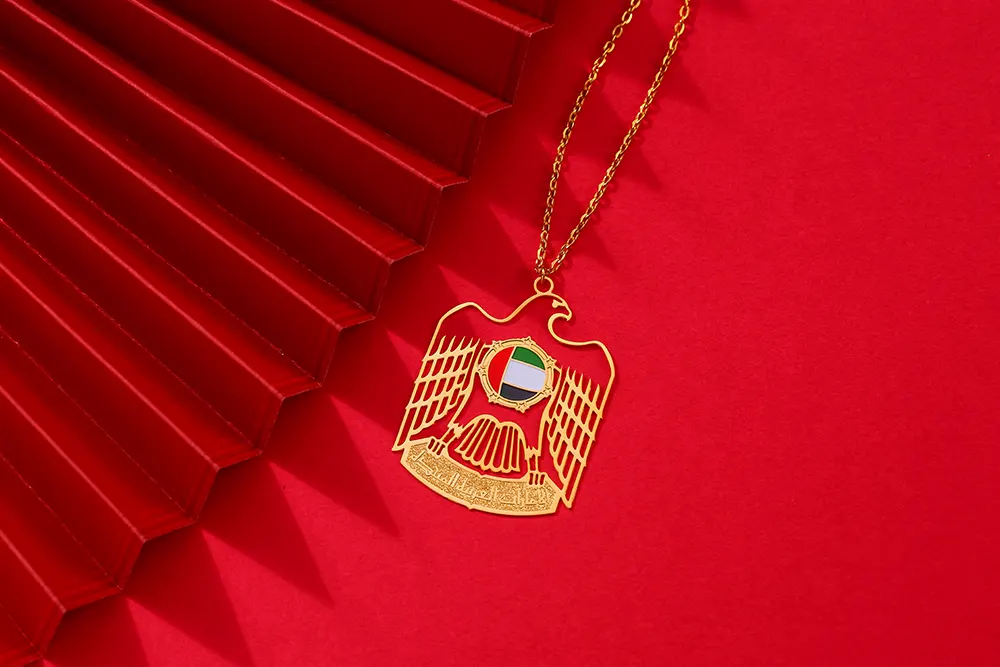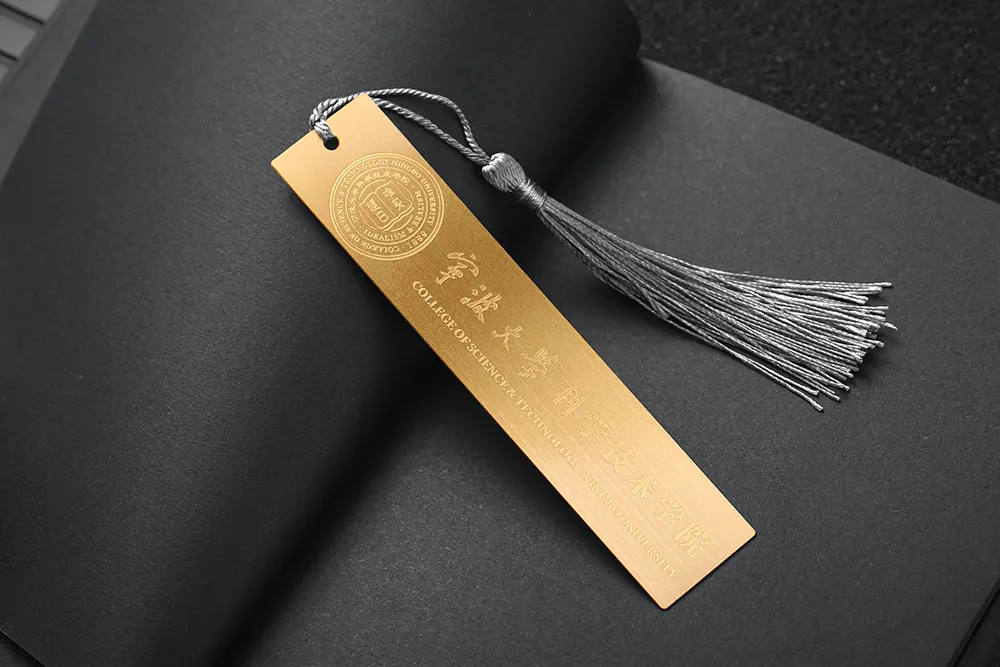A well-chosen lapel pin can transform an ordinary suit into a statement of personal style and sophistication. These small accessories carry significant weight in formal menswear, serving as subtle conversation starters and expressions of individuality within the structured world of business attire.
Understanding Lapel Pins in Formal Menswear
Lapel pins have adorned men’s jackets for centuries, evolving from military insignia and guild symbols to modern fashion accessories. Today’s suit lapel pin serves multiple purposes: it can indicate membership in organizations, commemorate achievements, or simply add a touch of personality to formal wear.
The placement of a lapel pin follows specific conventions. The traditional position sits on the left lapel, approximately where the buttonhole appears on single-breasted jackets. This positioning ensures the pin remains visible while maintaining the jacket’s clean lines and proportional balance.
Types of Lapel Pins for Different Occasions
Corporate environments typically call for understated lapel pins. Company logos, professional association symbols, or simple geometric designs work well in business settings. These pins should complement rather than compete with the overall professional appearance.
Formal events and black-tie occasions offer more flexibility for decorative pins. Crystal-studded designs, precious metal pins, or vintage pieces can add elegance without appearing ostentatious. The key lies in matching the pin’s formality level to the event’s dress code.
Casual blazer combinations allow for more creative expression. Colorful enamel pins, themed designs, or conversation pieces can work effectively when paired with less formal suits or sport coats worn in relaxed settings.
Materials and Quality Considerations
High-quality lapel pins typically feature durable materials that maintain their appearance over time. Solid metals like brass, silver, or gold-plated options resist tarnishing and wear better than hollow or plated alternatives.
Enamel work should appear smooth and even, without chips or bubbles that indicate poor craftsmanship. Hard enamel pins offer superior durability compared to soft enamel versions, though both can serve well depending on intended use frequency.
The pin’s backing mechanism affects both security and jacket preservation. Butterfly clutches provide strong hold but can damage delicate fabrics. Magnetic backs offer gentler fabric contact but may not secure heavier pins adequately on thinner lapels.
Proper Etiquette and Placement Guidelines
Traditional menswear etiquette dictates specific rules for lapel pin wear. Only one pin should appear per lapel, maintaining visual balance and avoiding cluttered appearances. Multiple pins can appear acceptable in casual settings but rarely work in formal business environments.
The pin should sit flush against the lapel without tilting or gaps. Proper sizing ensures the pin doesn’t overwhelm narrow lapels or disappear on wider ones. A pin measuring between half an inch to one inch typically works well across most suit styles.
Color coordination plays a crucial role in successful pin selection. The pin should either complement the suit’s color palette or provide intentional contrast without clashing. Neutral tones offer versatility across multiple outfits, while bold colors require careful consideration of the overall ensemble.
Personal Experience: Finding the Right Balance
During my early career in corporate consulting, I struggled to find appropriate ways to express personality within strict dress codes. After observing senior colleagues, I noticed how a carefully chosen lapel pin could convey professionalism while maintaining individual style. My first purchase was a simple silver compass pin – subtle enough for client meetings yet meaningful enough to spark conversations about direction and purpose in business strategy.
Over the years, I’ve built a collection of pins for different occasions: a small company logo pin for internal meetings, a understated flag pin for international client visits, and a few artistic pieces for industry networking events. The key lesson learned was restraint – the most effective pins enhance rather than dominate the overall appearance.
Common Mistakes to Avoid
Oversized pins often overpower the lapel and create visual imbalance. Similarly, pins worn too high or too low disrupt the jacket’s intended proportions and can appear amateurish to those familiar with proper menswear conventions.
Mixing metals unnecessarily can create conflicting visual elements. If wearing a gold watch or cufflinks, a gold-toned pin maintains consistency. Silver accessories pair best with silver or platinum-toned pins.
Wearing pins with obvious damage or wear shows attention to detail lapses that others may interpret as broader carelessness. Regular maintenance and replacement of worn pins reflects the same standards expected in other aspects of professional presentation.
Building Your Lapel Pin Collection
A well-rounded collection begins with versatile foundation pieces. A simple metal pin in your preferred finish provides reliable options for most business situations. Adding a subtle gemstone or enamel design expands formal occasion possibilities.
Specialty pins reflecting personal interests, achievements, or affiliations add character to the collection. Military service pins, alumni pins, or professional certification badges can serve dual purposes as conversation starters and personal expression.
Seasonal considerations can guide certain purchases. Darker, richer tones work well with fall and winter suits, while lighter, brighter options complement spring and summer wardrobes. However, classic designs transcend seasonal limitations and offer year-round utility.
Care and Maintenance
Proper storage prevents damage and maintains pin quality. Individual soft pouches or dedicated compartments in jewelry boxes protect against scratches and tarnishing. Avoid storing different metals together, as they can react and cause discoloration.
Regular cleaning maintains the pin’s appearance and extends its life. Gentle polishing cloths work well for most metals, while specialized cleaners may be necessary for heavily tarnished pieces. Enamel sections require careful cleaning to avoid damage to the finish.
Inspect backing mechanisms periodically to ensure secure attachment. Loose or damaged backs can result in lost pins and potential jacket damage. Replacement backs are often available and cost significantly less than replacing entire pins.
Conclusion
A thoughtfully chosen suit lapel pin serves as more than mere decoration – it represents attention to detail and personal style within formal menswear traditions. By understanding proper selection, placement, and care techniques, anyone can incorporate these accessories effectively into their professional wardrobe.
Success with lapel pins lies in restraint, quality over quantity, and respect for established etiquette guidelines. Whether marking achievements, expressing affiliations, or simply adding visual interest, the right pin can elevate any suit from standard business attire to a reflection of individual sophistication and style awareness.
















